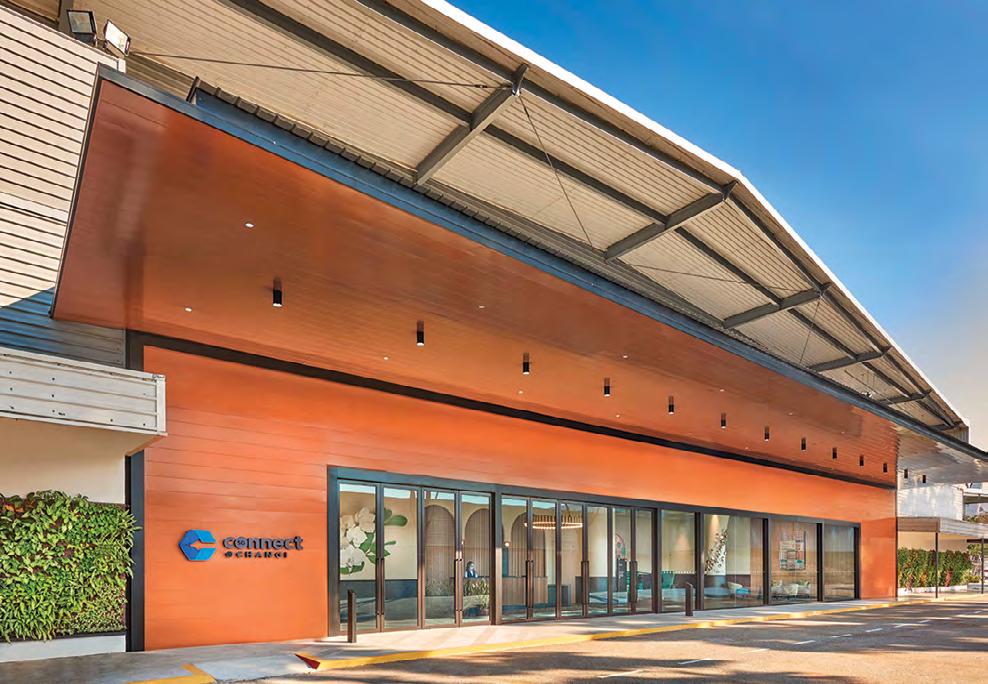THE MAGAZINE OF THE INSTITUTION OF ENGINEERS, SINGAPORE
THE SINGAPORE ENGINEER
www.ies.org.sg
March 2021 | MCI (P) 020/03/2021
COVER STORY: Enabling safe meetings between international business travellers and Singapore residents
PLUS
CIVIL & STRUCTURAL ENGINEERING: Advantages of the Hat type steel sheet pile method for Earth Retaining and Stabilising Structures DIGITALISATION: Reimagining bridge inspections through the lens of digital twins PROJECT APPLICATION: Clearing the way for a new viaduct on the Budapest-Belgrade high-speed line





